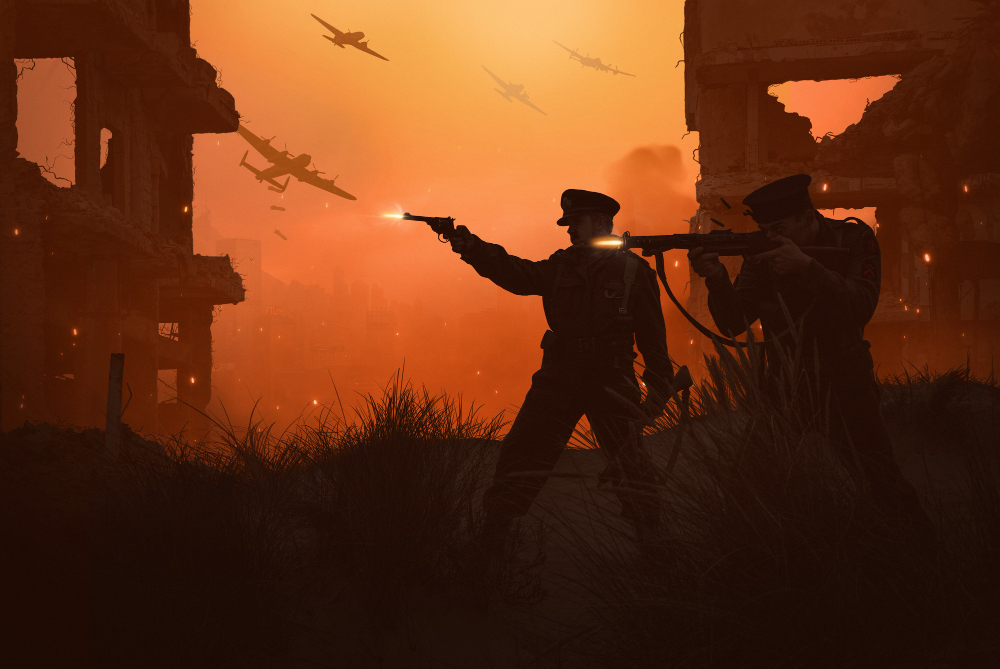Halo (2003) game icons Banners: A Journey Through Iconic Visuals

The Halo franchise is one of the most iconic in the world of gaming, and its 2003 release of Halo: Combat Evolved cemented its status as a genre-defining title. The game’s success wasn’t just about the thrilling gameplay or captivating storyline; the visuals, particularly the Halo (2003) game icons Banners, played a pivotal role in shaping its legacy. In this article, we delve deep into how these graphics became essential to the game’s identity, how they were used, and the impact they continue to have on the franchise’s branding and recognition.
The Importance of Visual Identity in Gaming
Visual identity has always been crucial in gaming. From logos and icons to banners and promotional materials, these visual elements are the first point of contact for players. They serve as a gateway to the game’s world, setting expectations and creating a visual memory that players can recall instantly.
For a game like Halo: Combat Evolved, which was a revolutionary first-person shooter in 2003, game icons and banners were not just simple marketing tools but an integral part of the game’s branding strategy. These visuals helped define the game’s aesthetic and set the tone for its futuristic and battle-centric universe.
The Birth of Iconic Visuals in Halo (2003)
When Halo: Combat Evolved was released in 2003, it needed to make an immediate impact in a competitive market. The game’s developers, Bungie, understood the importance of creating an iconic visual identity that resonated with both existing gamers and newcomers. This is where Halo (2003) game icons Banners came into play.
The Icons
The Halo (2003) game icons are more than just graphical elements—they encapsulate the essence of the game. These icons are primarily seen in game menus, loading screens, and promotional materials, acting as a visual shorthand for the game itself.
- Master Chief Helmet Icon: Perhaps the most recognizable of all, the Master Chief’s helmet icon is synonymous with the Halo series. The green and gold tones, sleek design, and stern appearance of the helmet instantly convey the game’s militaristic, sci-fi tone. Players don’t need to see the entire character to know they’re dealing with the Halo universe—this helmet is a symbol of the entire series.
- The UNSC Emblem: The United Nations Space Command (UNSC) emblem is another crucial icon in the game. This stylized eagle emblem represents the human forces battling alien races and is a mark of authority and strength. In 2003, this emblem was plastered on in-game vehicles, armor, and other assets, ensuring that players constantly felt the weight of their mission.
- Weapons Icons: Each weapon in Halo: Combat Evolved was given its own distinctive icon. From the energy sword to the plasma rifle, each weapon had a visual identity that players could quickly recognize. These icons appeared in HUDs (heads-up displays), loading screens, and in-game selection menus.
The Banners
In addition to the icons, the Halo (2003) game banners played an equally important role in establishing the game’s visual identity. These banners were used in advertisements, in-game menus, and promotional content leading up to the release and continued to be prominent throughout the franchise’s lifecycle.
- Halo Logo Banner: The iconic “Halo” title banner with its sleek, metallic font and futuristic design became a beacon for fans. This logo, often accompanied by the ring-like “Halo” structure in the background, conveyed the epic scale and grandeur of the game. This banner was used across game boxes, loading screens, and digital platforms.
- Cinematic Banners: Bungie also created cinematic banners that highlighted the game’s most important moments. These banners featured epic battle scenes, showcasing Master Chief standing tall amidst a sea of enemies, with alien ships soaring overhead. These visual scenes communicated the game’s grand narrative, pulling players into the Halo universe before they even picked up the controller.
- Multiplayer Mode Banners: Multiplayer was a massive part of Halo: Combat Evolved’s success, and the banners used to promote this mode were equally impactful. These multiplayer banners often showed intense action scenes with players locked in battle, explosions in the background, and the futuristic landscape of Halo. They instantly got players excited about the competitive aspect of the game.

Impact of Icons and Banners on Game Recognition
The Halo (2003) game icons Banners were not just about aesthetics. They served a functional purpose in marketing, enhancing player engagement, and creating a lasting impression of the game.
1. Brand Recognition
Icons and banners are often the first things players see, and for Halo, these visuals were instrumental in creating a recognizable brand. The consistency of the Master Chief icon and the Halo title banner allowed players to immediately recognize the game, whether it was in a store or online. This strong visual identity became a hallmark of the series, helping it stand out in an increasingly crowded market.
2. Emotional Connection
Over time, players developed an emotional connection with these game icons and banners. The Master Chief helmet, the UNSC emblem, and the Halo logo became symbols of their in-game achievements and memories. For many players, just seeing these visuals evokes nostalgia and excitement, drawing them back into the game’s universe. This emotional connection is one of the reasons why Halo has maintained such a dedicated fanbase over the years.
3. Marketing and Promotions
Bungie and Microsoft, the game’s publisher, were masters at using these Halo (2003) game icons Banners in their marketing efforts. Every piece of promotional material—from posters to online ads—used these visuals to draw attention to the game. This consistency across all marketing channels helped solidify Halo’s image as a must-play title.
Evolution of Icons and Banners in the Halo Franchise
The Halo (2003) game icons Banners laid the foundation for the entire Halo franchise’s visual identity. As the series evolved, so too did the graphics, but the core elements remained.
For instance, the Master Chief helmet icon continued to be the face of the series, even as his armor and appearance underwent upgrades. Similarly, the Halo title banner has been used in various iterations, adapting to new designs but always retaining the sleek, futuristic style that defined the original.
Modern-Day Influence
Today, as the Halo franchise continues with new releases like Halo Infinite, the icons and banners from Halo (2003) still influence modern designs. The original game’s visual elements are frequently referenced and updated for newer titles, ensuring that the connection to the past remains intact while appealing to a new generation of gamers.
Conclusion: The Legacy of Halo (2003) game icons Banners
The Halo (2003) game icons Banners are more than just visuals—they are symbols of a game that changed the landscape of first-person shooters. These visuals helped build a brand that has endured for over two decades, creating a strong emotional connection with fans and ensuring that Halo remains one of the most recognizable franchises in gaming history.
As the Halo universe expands, these iconic visuals continue to play a vital role, bridging the gap between past and future generations of players. Whether you’re a longtime fan or a newcomer to the series, the images of the Master Chief, the UNSC emblem, and the epic Halo landscapes are sure to leave an indelible mark on your gaming experience.





